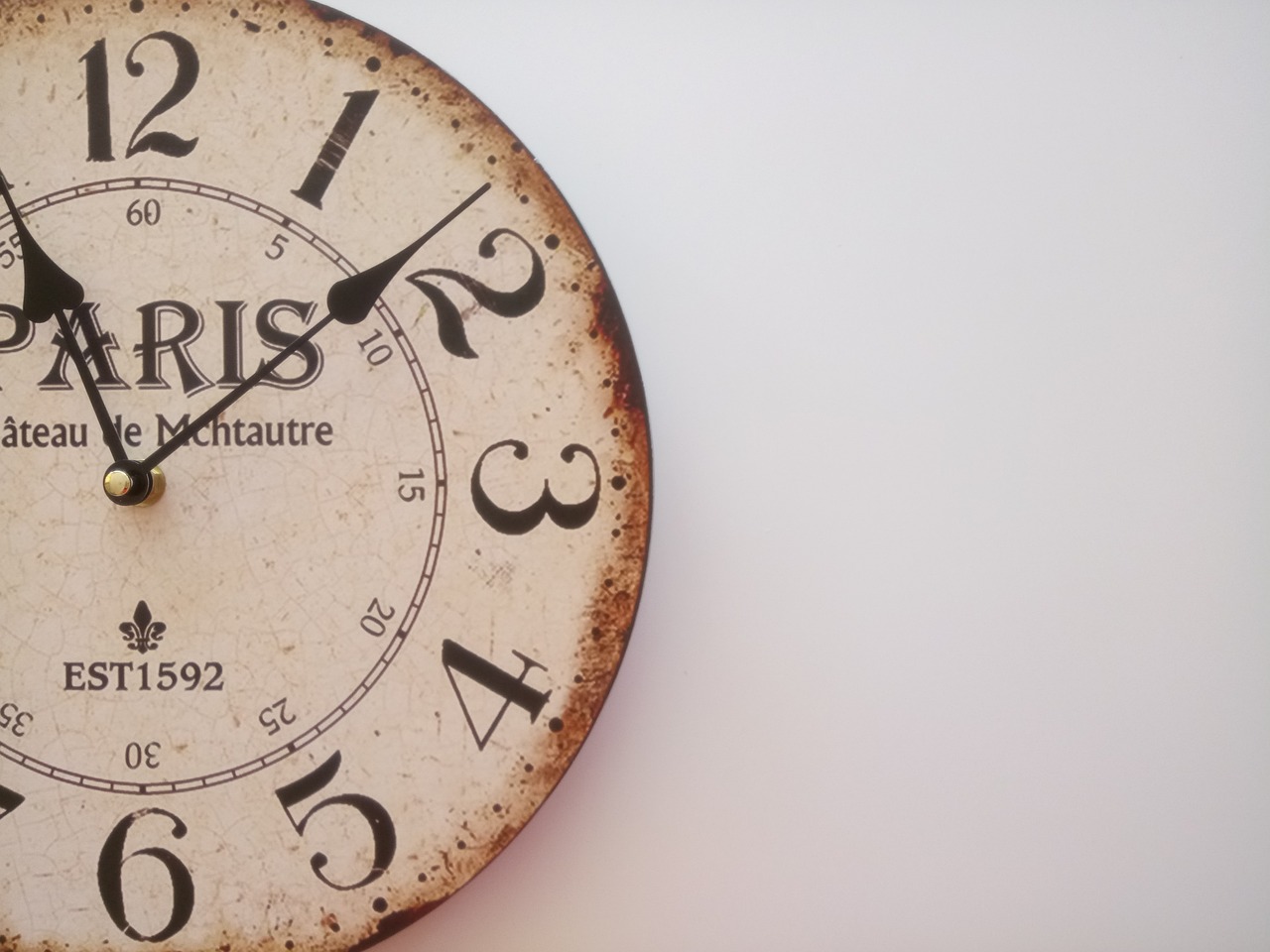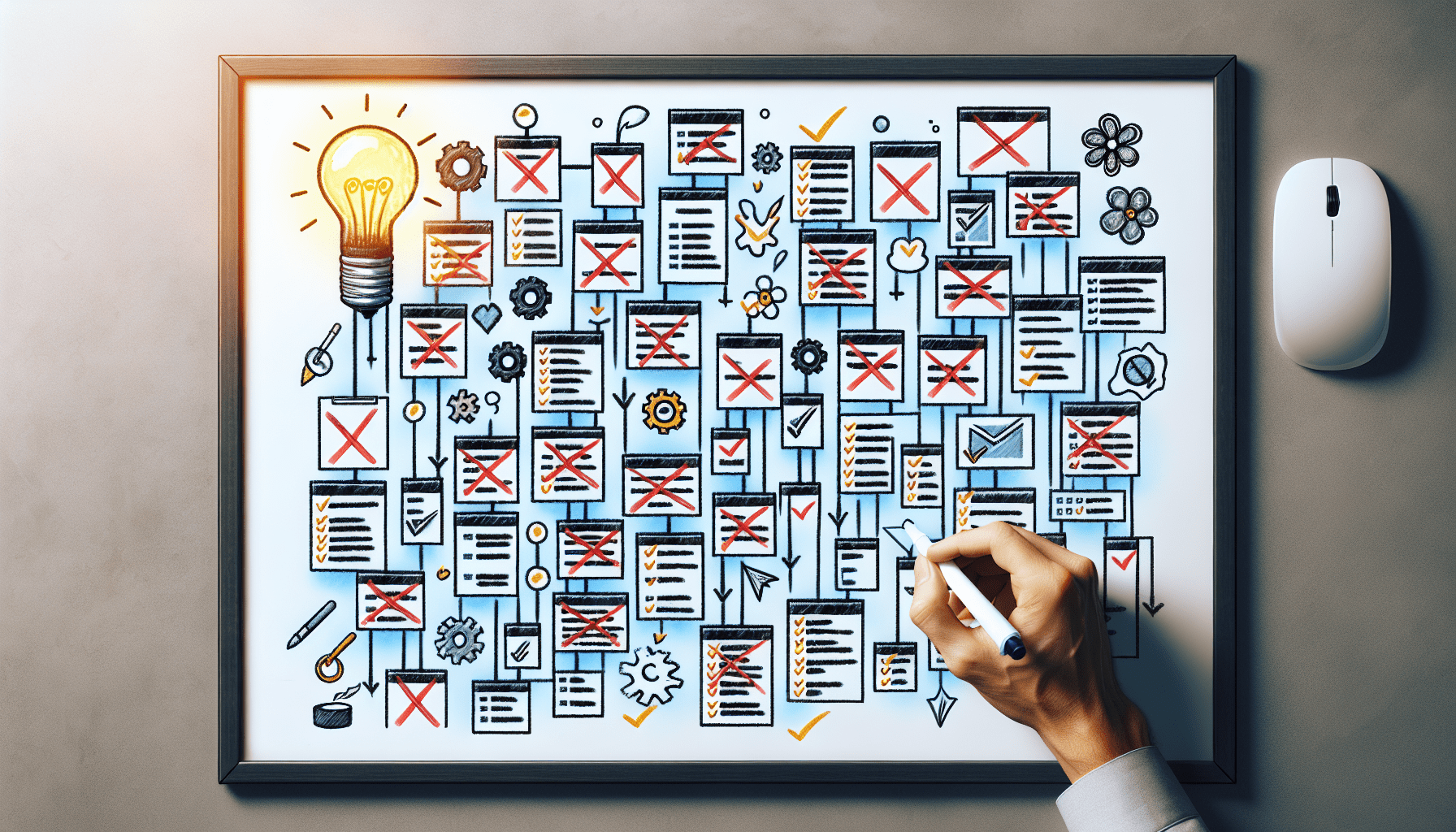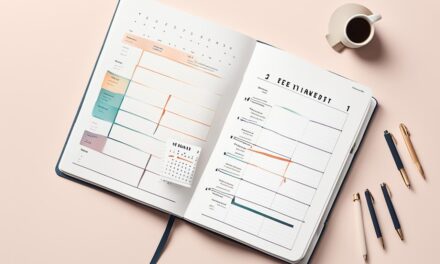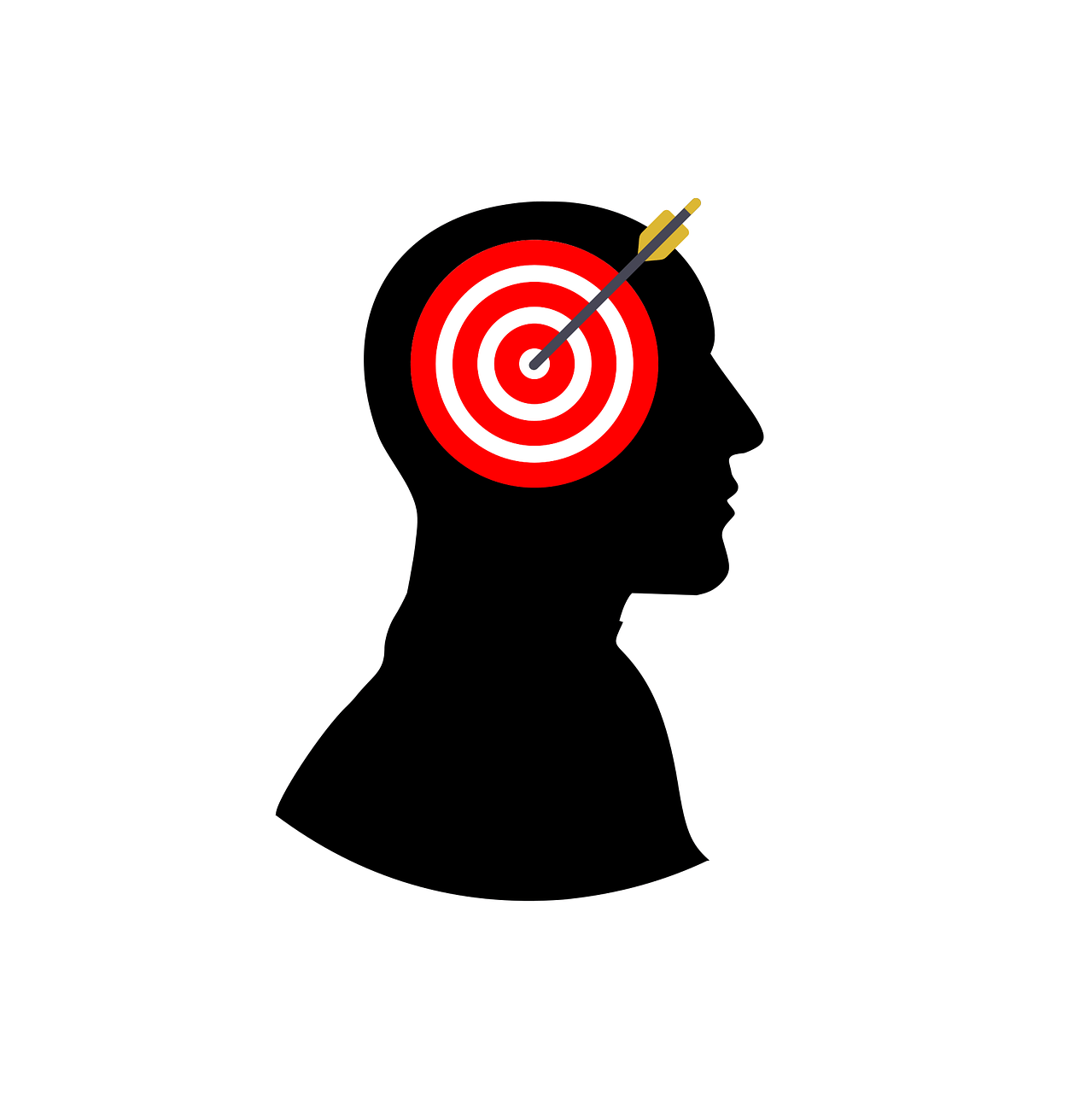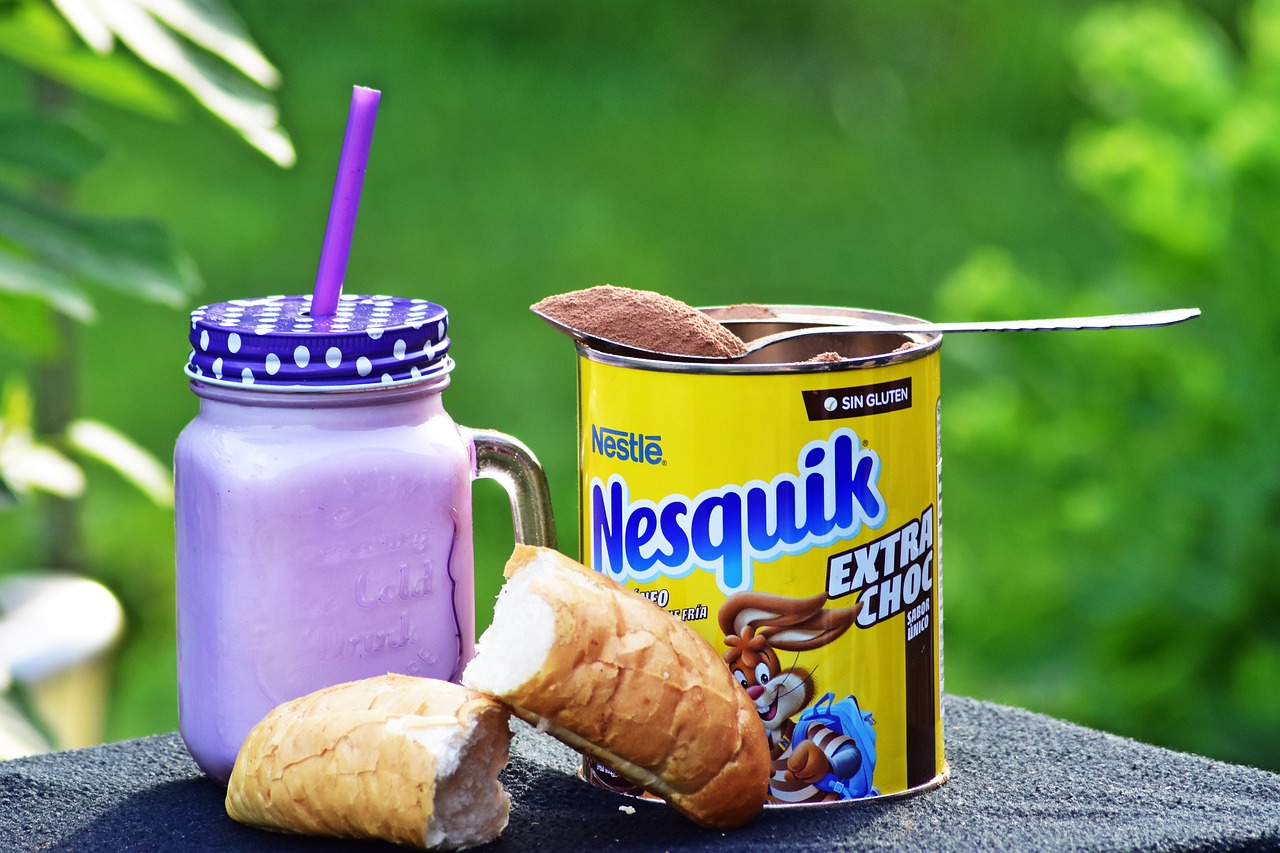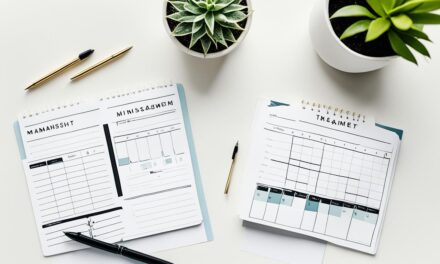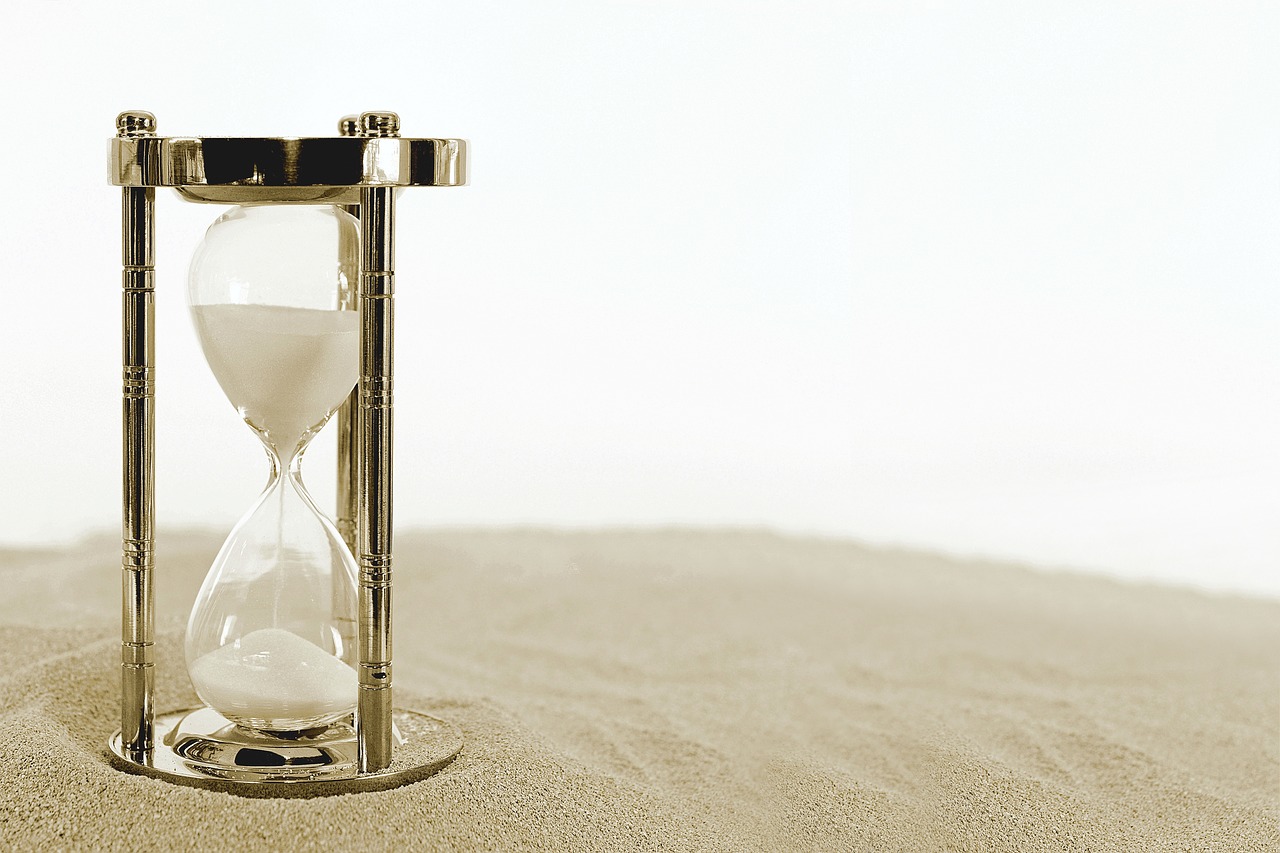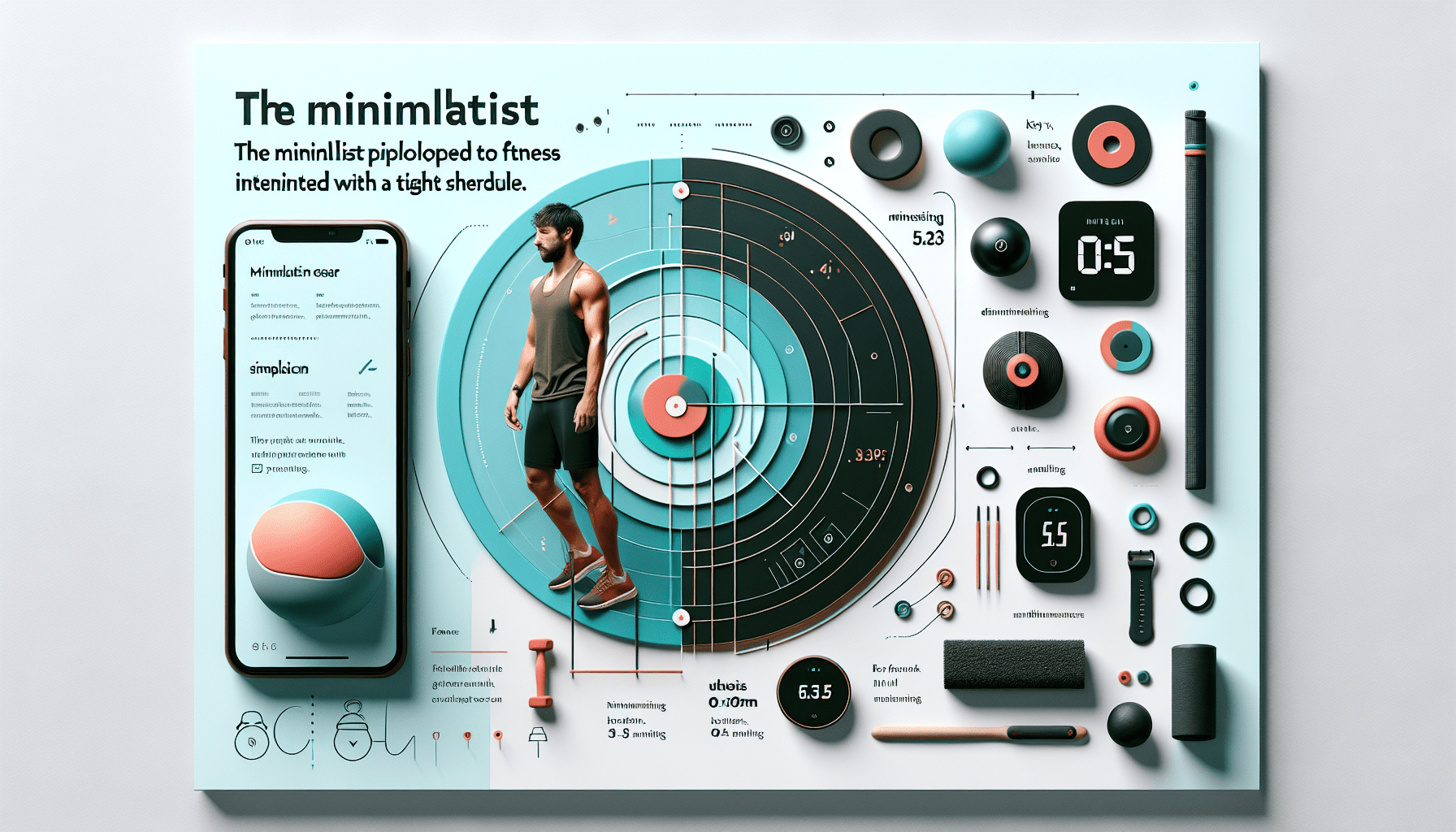
Time Management Made Simple: Minimalist Strategies
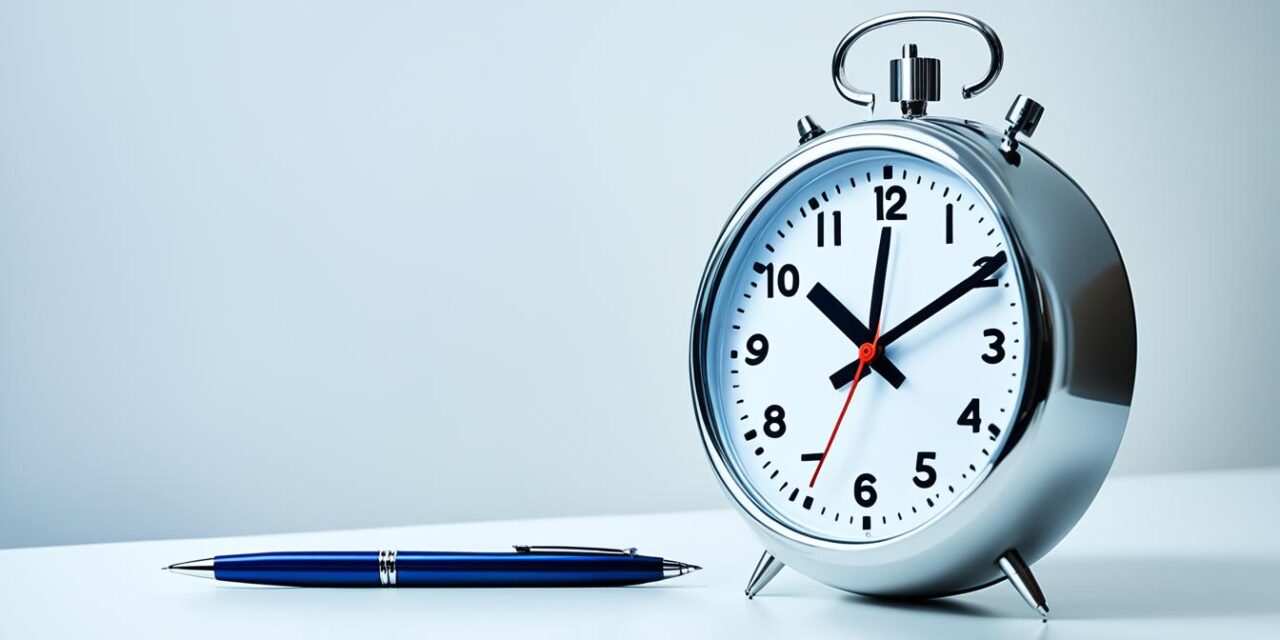
How often do we feel swamped by too many tasks, thinking there’s not enough time? It’s a common feeling, but what if the key to efficiency and balance is minimalism?
Time is limited and shapes our life’s path. With big dreams and clear goals, learning to manage time well is crucial. By looking into minimalist time management, we see how cutting out the unimportant helps us focus on what’s important. This leads us to make big steps towards our goals.
Adding minimalist habits to our daily life helps us live with purpose. It means focusing on what’s really important and clearing our schedules. This way, we live more thoughtfully, using our energy on what we truly value.
Key Takeaways
- Minimalist time management focuses on key tasks and drops the non-essential.
- Clearing your schedule boosts productivity and clears your mind.
- Making intentional choices in time and life balance leads to a more meaningful life.
- Minimalism in time management means prioritising and doing tasks efficiently to reach goals.
- Setting clear goals and saying no to less important tasks is key to good time management.
Introduction to Minimalist Time Management
In today’s fast-paced world, managing work, family, and personal life can feel overwhelming. Minimalist time management offers a simple way to handle our activities. It focuses on what’s truly important.
Defining Minimalist Time Management
Minimalist time management means focusing on essential tasks and not just urgent ones. It’s about aligning our activities with what we value most. By decluttering our spaces, we make room for productivity and focus.
We can make our schedules better by picking tasks that really matter. And by cutting out distractions, we live a more meaningful life.
Getting Things Done (GTD) by David Allen is a well-known time-management system. But it can be complex for some. So, simpler methods like setting 4-6 weekly goals or focusing on 1-3 “Most Important Tasks” daily work well. These methods boost productivity and balance our lives.
The Importance of Time Management
Good time management keeps our personal and work lives in balance. Many workers find it hard to manage tasks, deadlines, and meetings. This shows we need efficient strategies for productivity and well-being.
A minimalist lifestyle helps us clear our schedules and focus on what’s important. This leads to more satisfaction and success.
Minimalist time management also means regularly checking in on ourselves. Doing monthly reviews, sorting emails daily, and adjusting our plans as needed helps streamline our lives. Tools like Trello, Gmail, and Slack can also make managing tasks easier, making our routines more efficient.
Understanding What is Truly Essential
The minimalist way means cutting down on distractions and focusing on what’s important. It’s about making our lives simpler and more meaningful. By choosing what’s truly essential, we take back our time and focus.
Learning to prioritise is key in managing time like a minimalist. It helps us make choices on purpose. This way, we do less but feel more fulfilled and driven.
Essential vs Urgent Tasks
Many of us confuse what’s urgent with what’s important, wasting time and energy. We make about 35,000 decisions a day, showing we need to make choices easier. By knowing what’s really important, we can work smarter.
Essential tasks match our goals and values, making our lives simpler and less stressful. This helps us focus better and feel less overwhelmed.
Aligning Activities with Goals and Values
When we line up our actions with our goals and values, we use our time wisely. This approach keeps our minds clear and calm. Often, we take on too much because of what others expect or because we feel the need to please everyone.
By making choices mindfully, we find joy in simplicity. Simplifying our lives lets us take charge and avoid burnout. Living minimally means we live more thoughtfully and deeply.
Breaking Down Complex Tasks
Mastering task management means breaking down complex tasks into smaller steps. This makes them easier to handle and helps us make steady progress. By focusing on the key parts of each task, we keep our productivity up.
Step-by-Step Approach
First, we need to break down a complex task into smaller parts. This lets us see what needs to be done and track our progress. Tools like Jira’s Kanban boards help us see each task and how it’s going.
Practitioners of time management use the Eisenhower Matrix to sort tasks by importance and urgency. This helps us know what to do first.
- Break down tasks into specific, actionable steps.
- Use visual tools like Kanban boards to track progress.
- Employ the Eisenhower Matrix to prioritise tasks.
- Leverage time management tools such as Jira for better task management.
Experts say planning these steps for the best times of the day boosts our efficiency. Delegating simple tasks lets us focus on the hard stuff.
Reducing Overwhelm
Using time-saving techniques daily can reduce feeling overwhelmed. Mindfulness and a distraction-free workspace are key. Focusing on one task at a time helps us stay productive.
Tracking time in 15-minute intervals over a week shows how we use our time. A routine and breaks can make us more productive and happy.
| Strategy | Benefits |
|---|---|
| Step-by-Step Approach | Boosts task management and clarity |
| Visual Tools (Kanban Boards) | Improves project tracking and transparency |
| Time Tracking | Optimises time usage and productivity |
| Delegation | Frees up time for specialised tasks |
| Mindfulness Practices | Enhances focus and reduces stress |
Breaking tasks into smaller parts and using these strategies leads to smarter working. A minimalist approach clears our minds and space, making us more efficient at managing tasks.
The Power of Single-tasking
Switching to single-tasking can change how we work for the better. It boosts our work efficiency and makes our work better. By focusing on one task at a time, we get many benefits that fit well with minimalism in time management.

Research shows that multitasking makes our brains work harder. It’s harder for our brains to handle lots of information at once. This can lead to more mistakes and taking longer to finish tasks. On the other hand, single-tasking lets our brains focus deeply without these problems.
A study found that single-tasking doesn’t make us stressed like multitasking does. This means we feel less anxious and happier. Being fully engaged in one task makes us more productive and satisfied with our work. It also helps us balance our work and personal life better.
Researchers point out six downsides of multitasking: it makes us less efficient, lowers task quality, breaks our focus, increases stress, slows us down, and hurts learning. But single-tasking has four big upsides: it helps us focus better, reduces stress, makes us more productive, and boosts creativity.
- Pomodoro Technique: Work in 25-minute focused intervals followed by short breaks.
- Time Blocking: Allocate specific chunks of time to individual tasks or categories of work.
- Eisenhower Matrix: Prioritise tasks based on urgency and importance.
- The One Thing Method: Identify and prioritise the most crucial task.
- Deep Work Philosophy: Engage in focused, uninterrupted periods of cognitive work.
- Zen Habits: Emphasise simplicity and focus on essential tasks with full attention and intention.
Using these methods can make us more focused. Single-tasking is a great way to boost our work and improve our well-being.
| Benefits of Single-tasking | Challenges of Multitasking |
|---|---|
| Increased Focus | Decreased Efficiency |
| Enhanced Productivity | Quality Suffers |
| Reduced Errors | Focus Takes a Hit |
| Improved Mental Health | Stress and Overwhelm |
| Lower Anxiety Levels | Slower Task Completion |
Decluttering Your Physical and Digital Spaces
Decluttering our spaces, both physical and digital, is key to a more *organised environment* and better *concentration*. Clutter affects our focus and productivity more than we think. It’s important to tackle both physical and digital clutter.
Impact of Clutter on Focus
Clutter harms our *concentration*, whether it’s on our desks or in our devices. A lecturer in psychology, Kerry Lakey, says clutter can cause stress like physical mess. Digital clutter, like too many emails or apps, makes finding important info hard and breaks our *attention*.
People spend about 2 to 3 hours daily on social media, leading to constant breaks in focus. This was discussed in a TEDx talk by Cal Newport.
Strategies to Declutter Your Workspace
Here are some ways to deal with clutter in both your workspace and digital life:
- Set aside specific decluttering times: Have weekly or monthly sessions to tidy your space. This helps avoid a big mess later.
- Adopt the Inbox Zero approach: Keep your inbox tidy by sorting emails often. Adobe found US workers spend over 5 hours a day on emails. A clean inbox boosts productivity.
- Uninstall unused apps: Delete apps you don’t use and their files. This clears storage and cuts down on distractions.
- Minimise notifications: Switch off alerts you don’t need. Each pop-up adds to digital clutter and hurts *concentration*.
- Digitally streamline workspaces: Only keep important items on your computer and phone. Check and delete old files regularly.
Studies by Kerry Lakey and others show that digital clutter harms mental health and productivity. Decluttering does more than just tidy up. It helps us focus better and work more efficiently. By using these tips, we can improve our ability to concentrate and get tasks done faster.
Setting Boundaries for Connectivity
In today’s world, it’s key to set limits on how much we connect. This fits with living intentionally, a way of life that focuses on what’s important. With technology everywhere, we need to take breaks from it to stay balanced.
Time blocking is a great way to manage our time. It means setting aside specific times for things like emails and social media. This helps us take back control over our days. Many people use timeboxing to plan their day better.
Also, the Pomodoro Technique is popular. It means working on a task for 25 minutes, then taking a 5-minute break. This helps us stay focused and productive.
Living intentionally also means choosing what’s most important. The ‘Pick Three’ method helps us focus on just three activities that really matter. This makes it easier to know what to pay attention to.
Strategies for a digital detox can be simple, like not using devices on weekends. Or, you can just take breaks from screens at certain times each day. This helps us take back our mental space and enjoy our time more.
Adding these habits to our daily life helps us stay focused and balanced. For example, using Trello to track our habits can help us keep up with self-care. It’s important to remember that taking care of ourselves is key to being productive and happy.
Reflecting on Progress and Reassessing Goals
Regularly checking our progress is key to managing time well. By looking at what we’ve achieved and grown, we make sure our efforts match our goals and values.
Weekly Reflection Practices
Weekly reflection helps us see how far we’ve come. It lets us celebrate our wins and find areas to improve. Having a set time each week helps us keep checking our goals and stay focused on what we want.
“Reflection helps us to see the bigger picture, reassess our goals, and make adjustments as needed to stay on target.”
Adjusting Strategies as Needed
Life changes, so our goals and plans must too. It’s important to be flexible and adjust our goals and strategies. Using tools like journals and mind maps helps us think clearly and improve our plans.
Working with someone or a group for support and motivation makes reflecting and planning better. Breaking big goals into smaller steps and setting deadlines helps us stay on track. This way, we grow and improve as we reassess our goals.
- Set aside a specific time each week for reflection.
- Celebrate achievements and acknowledge lessons learned from challenges.
- Reassess goals based on current circumstances, personal values, and long-term aspirations.
- Incorporate tools like journaling and vision boards.
- Seek support from accountability partners or communities.
- Adjust strategies to stay focused on essential goals.
Minimalist Time Management Techniques
Embracing minimalism in time management changes how we tackle daily tasks. It makes us more efficient and boosts productivity. Let’s explore some minimalist techniques that help us prioritise tasks and use our time better.
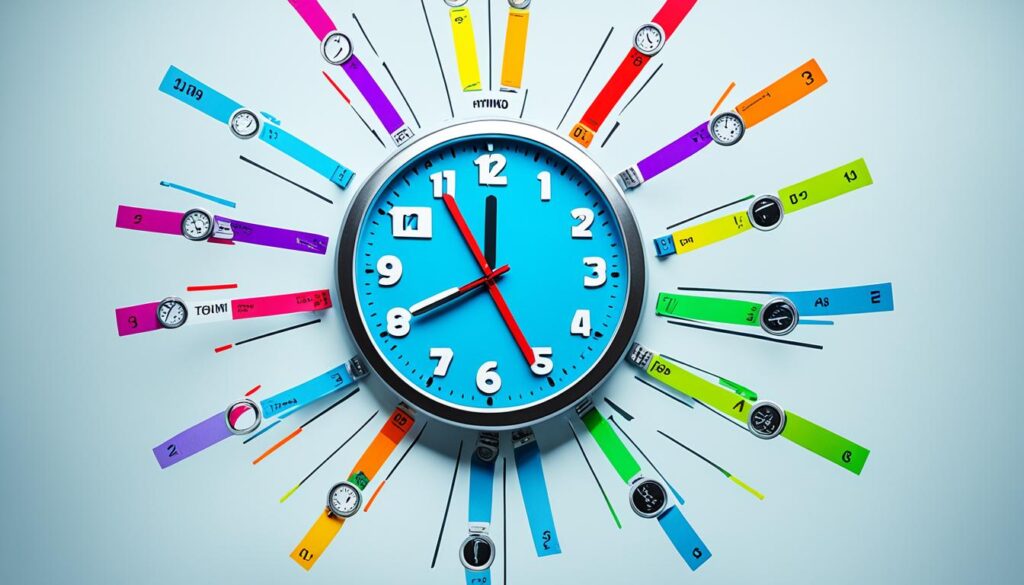
Time Blocking
Time blocking is a strong technique for managing time. It involves setting specific times for different tasks. This way, we focus on one thing at a time without distractions. Research shows that working in short, broken sessions can take longer and do less.
The Pomodoro Technique is a great example. It involves working in 25-minute intervals, followed by short breaks. This method improves focus, prevents burnout, and helps manage our energy throughout the day.
Prioritisation Methods
Using time wisely also means prioritising tasks correctly. The Pareto Principle, or the 80/20 rule, tells us that 80% of results come from 20% of our efforts. By focusing on these key activities, we can achieve more with less effort.
Creating daily, weekly, monthly, and life to-do lists can also help manage time. Tools like “3×3” support iCloud syncing and work across devices. They help us keep track of our important tasks easily.
Time-Saving Techniques
Using time-saving techniques can greatly improve our efficiency. Grouping similar tasks together reduces the time spent switching between them. This keeps our focus sharp. It’s great for tasks that often interrupt our main work.
Sticking to a schedule is crucial, even if it’s hard. Prioritising the schedule over task scope helps us stay disciplined. For example, doing some exercise, even if it’s less than planned, helps us stick to our schedule and manage time well.
| Technique | Benefit | Statistics/Data |
|---|---|---|
| Time Blocking | Improves focus and avoids fragmentation | Tasks accomplished in uninterrupted sessions |
| Prioritisation | Maximises high-impact activities | 80% of outcomes from 20% actions |
| Batching Tasks | Reduces task-switching time | Increases productivity |
By using these minimalist techniques, we boost our productivity and use our time wisely. Each method helps us move towards a balanced and meaningful way of managing time.
Finding Work-Life Balance
Getting a good work-life balance is key in today’s busy world. A survey by Ernst & Young found 1 in 3 full-time workers struggle with this balance. With 46% of managers working over 40 hours a week, personal wellbeing often gets overlooked.
But, we must see rest and rejuvenation as essential, not just a luxury. This idea is central to managing time well, where rest boosts productivity.
Importance of Rest
Many of us know burnout from chronic fatigue, irritability, and less productivity. Taking regular breaks helps lower stress and boosts productivity. Flexible work hours are key to a better work-life balance and less stress, studies show.
“Regular breaks throughout the day help reduce stress and increase productivity. Flexible work hours support a better balance and reduce stress.” – Ernst & Young Survey
Taking our vacation days is vital to avoid burnout and feel better about our jobs. Simple steps like having a daily plan and avoiding too much overtime help a lot. Adding personal activities to our days is also crucial for balance.
Balancing Professional and Personal Life
It’s about scheduling downtime that refreshes us. A 2016 Deloitte study found millennials value work-life balance almost as much as salary when choosing jobs. This shows a growing belief that our wellbeing is key to doing well at work.
Here are some tips:
- Plan each workday with clear priorities.
- Minimise distractions and delegate tasks effectively.
- Take regular breaks and ensure adequate vacation time.
- Establish boundaries between work hours and home life.
By adopting these habits, we lead a balanced life that supports our work and wellbeing.
| Strategies | Benefits |
|---|---|
| Planning and Prioritisation | Increased clarity and efficiency |
| Minimising Distractions | Enhanced focus and productivity |
| Regular Breaks | Improved stress levels and creativity |
| Clear Work-Home Boundaries | Healthier relationships and reduced burnout |
Using these minimalist strategies boosts our personal wellbeing. It keeps us refreshed and ready for our work challenges.
Increasing Productivity through Minimalism
Minimalism is more than just clearing out your space. It’s about focusing on what’s really important and using motivational techniques. This approach helps us work better and feel happier in our personal and work lives.
Focusing on Important Tasks
To boost our productivity, we need to focus on tasks that really count. Instead of doing a bit of everything, we should focus on what’s most important. This makes us work more efficiently and use our time and energy wisely.
The US Marine Corps uses a “rule of three” to stay productive. They focus on just three main goals to improve their work and efficiency. We can do the same by picking three key tasks each day. This helps us stay focused and make real progress.
Boosting Motivation and Satisfaction
Being productive isn’t just about managing tasks; it’s also about staying motivated. Feeling good about what we achieve motivates us to keep going. This feeling is stronger when we see how important our tasks are.
Minimalism also helps remote workers stay clear-headed. A tidy space means fewer distractions, so we can focus on what’s important. Making intentional choices about what we do and where we work makes our jobs more rewarding.
| Minimalism Benefits | Impact on Productivity |
|---|---|
| Reduction in physical and digital clutter | Enhanced focus and efficiency |
| Prioritisation of essential tasks | Improved task significance recognition |
| Intentional decision-making | Higher motivation and job satisfaction |
| Better mental clarity | Streamlined workflow |
Achieving Long-term Goals with Minimalist Strategies
In today’s fast world, reaching long-term goals feels like climbing a tall mountain. But, using minimalist strategies can make the journey clearer and simpler. By focusing on high-impact tasks, we use our energy wisely. This helps us find our purpose and direction. We aim for quality over quantity, setting goals that are both tough and achievable.
Limiting ourselves to three big, exciting goals at once helps us focus better. It makes planning for the future easier. Spending at least twenty minutes on each goal helps us understand why we want to achieve them. Looking back at our successes and failures helps us make our goals more specific and in line with what we really want.
Our daily habits are key to reaching our minimalist goals. For example, writing for two hours a day can really help us move forward. Focusing on habits, not just the end result, lowers stress and boosts our chances of success. With AI and automation changing the world, we need to be creative and rest to keep our minds fresh. This leads to better productivity.
Koe’s Law tells us that our work can lead to more earnings in a set time. Minimalist strategies can help us hit big goals quickly. Some people have reached their six-year goals in just six months with smart planning. Having one big goal can help us get past tough times and keep us motivated.
Using social media and building a personal brand can also boost business success. It can grow our audience, increase sales, and make more money. Moving local businesses online can reach more people and increase our influence. Minimalist strategies focus on tasks that have the biggest impact, ensuring we make steady progress.
Going for long-term goals with a minimalist mindset makes our journey simpler and more fulfilling. By carefully choosing our goals and sticking to what’s really important, we set a clear path to success.
Conclusion
Strategic minimalism in time management gives us a simple yet powerful way to use our time well. It helps us focus on what’s really important and ignore the rest. This lets us chase our dreams with clear goals and determination.
Minimalist time management tools like the 1-2-3-4 System help us plan our days well. They let us pick tasks that move us forward and make us more productive.
For a fulfilling life, we need to balance work and personal life. Decluttering our spaces, setting limits on our digital life, and checking our progress are key to this balance. These steps keep us on track with our goals and values, making every moment meaningful.
Using minimalist ways helps us build good habits that improve our health. By focusing on one task at a time and taking breaks, we stay sharp and efficient. This approach helps us find a good balance between work and leisure. As we keep improving how we manage our time, we live a life that’s both tidy and deeply satisfying.

